In the 13th century the interest in birds was still strongly connected to hunting, when the emperor Friedrich the Second wrote a book with the name “About the art to hunt with birds”. This focus already changed during the 16th century. At that time Conrad Gessner tried to describe and categorize all birds. This tradition was intensified by some zoologists in Germany during the 19th century: Johann Friedrich Naumann is regarded to be one of the founders of Europe’s ornithologists. In twelve volumes he dealt with the nature history of birds in all details. Christian Ludwig Brehm continued with it and contributed with important descriptions regarding the taxonomy. His well-known son Alfred Brehm inherited his records and added behavioral studies as a further perspective.
In England, George Edwards founded the ornithological history with exact descriptions of the different bird species during the 18th century and delivered with this a decisive basis for Carl von Linné’s scientific descriptions. Latest at the end of the 19th century, the scientific ornithology and the protection of birds found its recognition thanks to Hans Freiherr von Berlepsch. He committed himself to protect their habitats. The time when birds were haunted and examined in a stuff form became slowly history. It was now about watching birds and leave them undisturbed to watch their behavior. Anyhow, this was not so easy without the right optics. The German zoologist Oskar Heinroth and his wife Magdalena started a rather unorthodox project, which is very well described in the bird “The bird collective”. They brought up 250 bird species of Europe in their apartment in Berlin to describe their behavior.
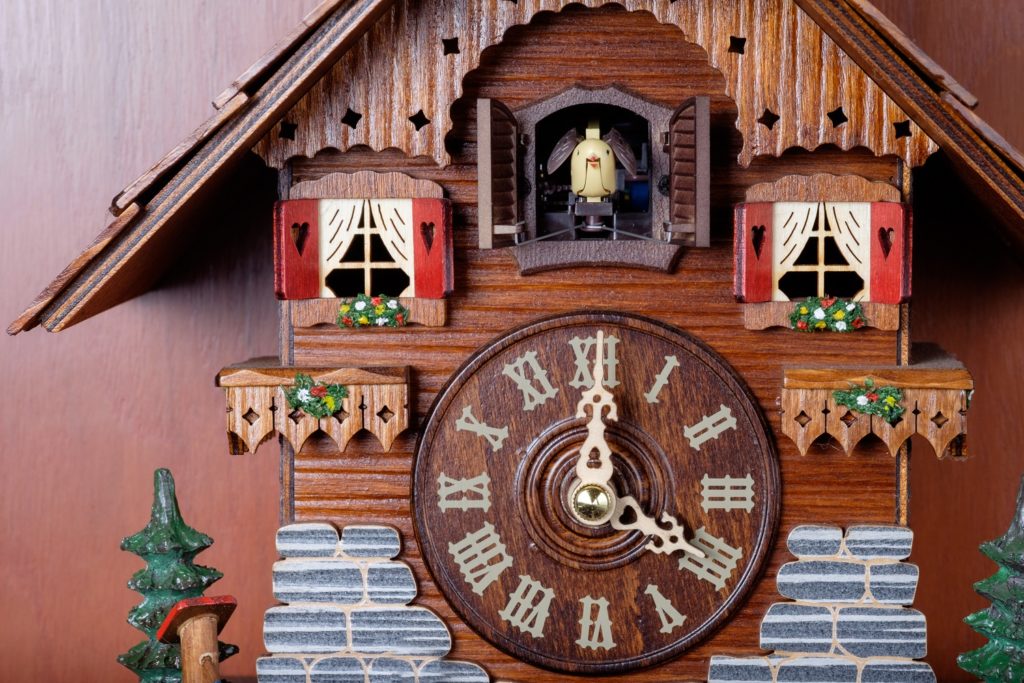
A Lesser Spotted Woodpecker built its hole into their cupboard, a Eurasian Nightjar bred on their carpet and the Brown Owl tried to catch the cuckoo of the Black Forest clock every hour. It is unbelievable regarding animal and species conservation from a today’s perspective, but it was not alone a challenge for the birds. The dust of the birds forced Oskar Heinroth to sleep with an oxygen mask every night as he got allergic.
As most of the comprehensive ornithological works were written of European feathers, there developed an own literature about North America’s bird life in the beginning of the 19th century thanks to Alexander Wilson. He wrote the “American Ornithology” with intensive studies of the North American birds, which was completed by George Ord later on. For behavioral studies not only of birds but also other species the development of binoculars by the end of the 19th century was pioneering. Carl Zeiss, who was written Carl Zeiß at that time, actually developed microscopes.
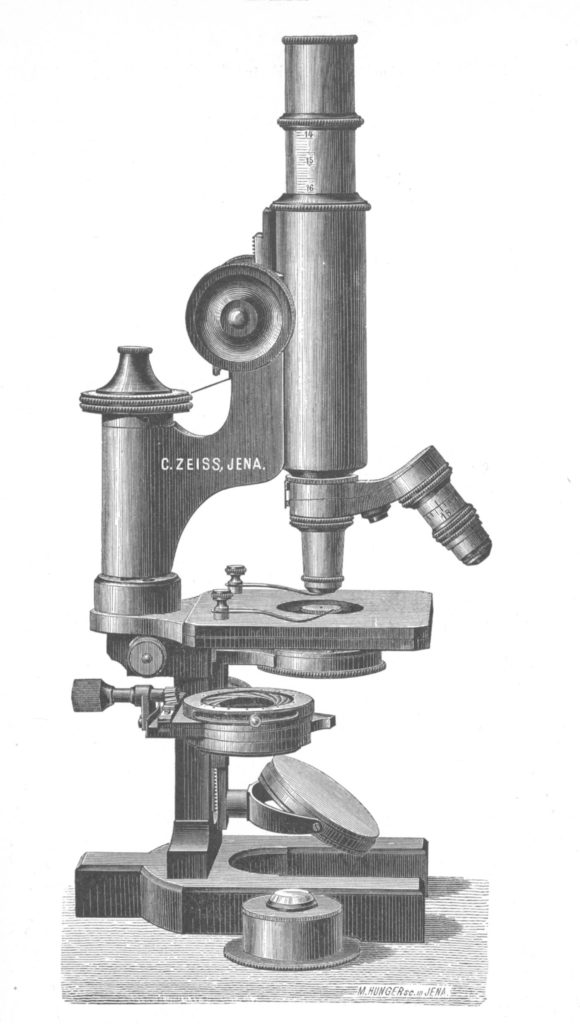
The ZEISS Babuchin microscope
The ZEISS Babuchin microscope was developed in 1889 and is made of zaponized and blackened or black-painted brass and blued steel. The instrument has a telescopic graduated tube, coarse adjustment mechanism, and a prism fine drive. A five-position plane and concave mirror is used for illumination. The entire system carrier can be raised and lowered by a side screw. In the lowest position, this carrier folds out to the left to allow convenient changing of the condenser system.
He also gave them to the young zoologist, Ernst Jäckel, at very reduced prices as Jäckel was still very young and not as famous as he got later on. Carl Zeiss supported him in his research. Together with the young physicist Ernst Abbe Zeiss not only developed the microscope further. They also checked how to align two telescopes for the zoology in parallel – one telescope for each eye.
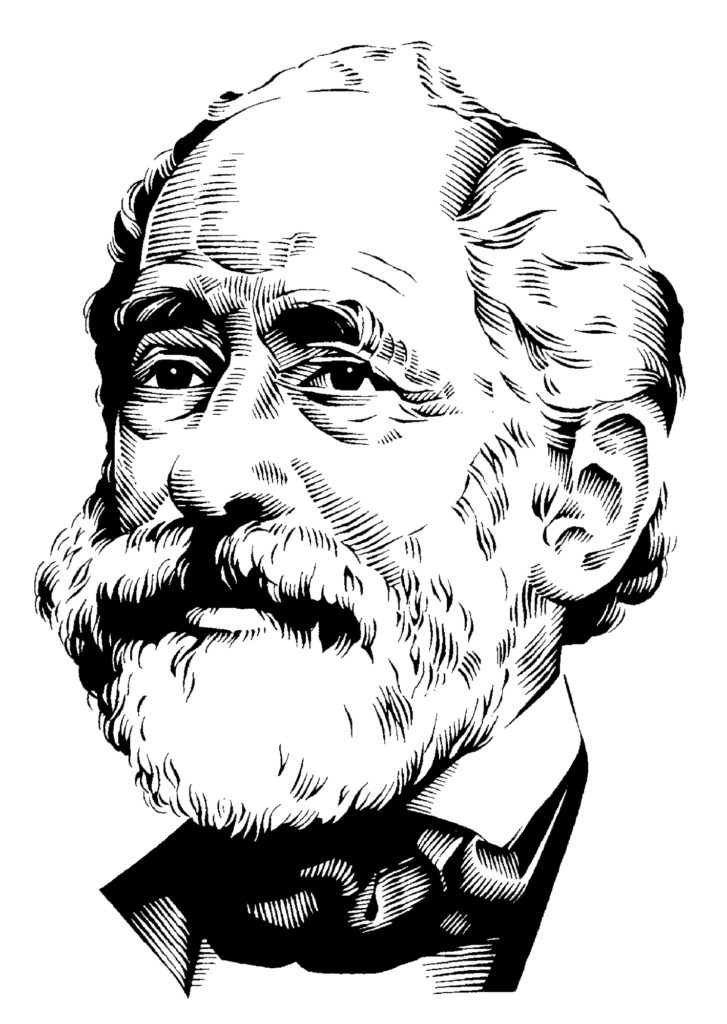
Carl Zeiss illustration 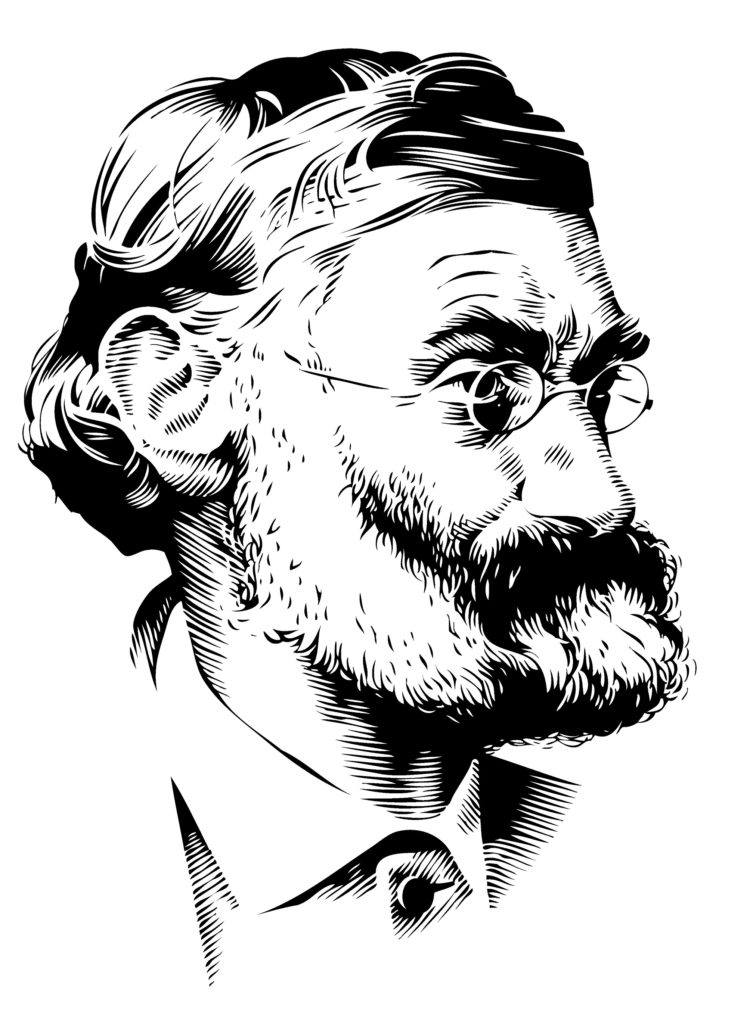
Ernst Abbe illustration
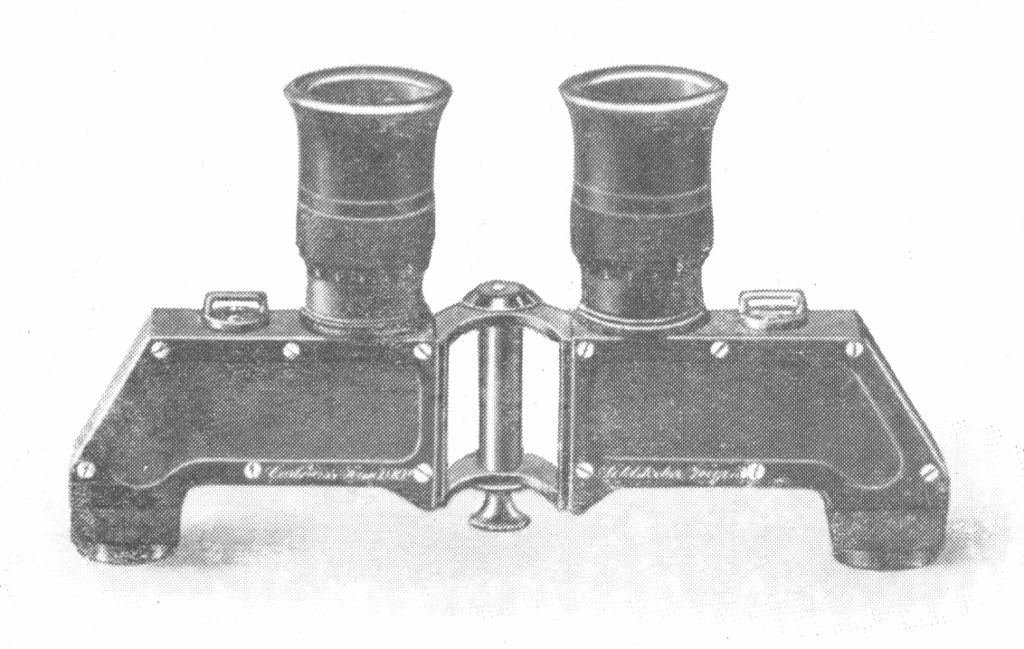
The Teleplaste
The Teleplaste (former Relieffernrohre) are double telescopes with greatly extended objective distance. They can be adjusted to the eye distance with stretched legs as well as with almost closed legs. In the open position, the teleplastics have the effect, indicated by their name, of deepening the otherwise flat image, e.g., of making distant objects, which appear to be side by side in an ordinary double telescope of the same magnification, recognizable as lying one behind the other at certain distances. Teleplasts were manufactured for hand-held use in three sizes, 3x, 5x and 10x magnification.
They called their first version of binoculars “double telescope with enlarged object lens distance”, the porro prisms. They applied this for a patent in 1893. Only three years later they developed the first spotting scope. Although those kind of optics did not have the comfort, the light transmission, the image stabilization and the color fastness of today, this was an important foundation stone for long-range optics. Much more important however was that it introduced a new era of bird watching and behavioral studies. Now, zoologists could watch animals in their natural habitat from a distance. An important step for bird conservation.

Part 2: The professionalization of birdwatching and bird protection – Nature Observation
About Post Author
Visits on this Page:8173